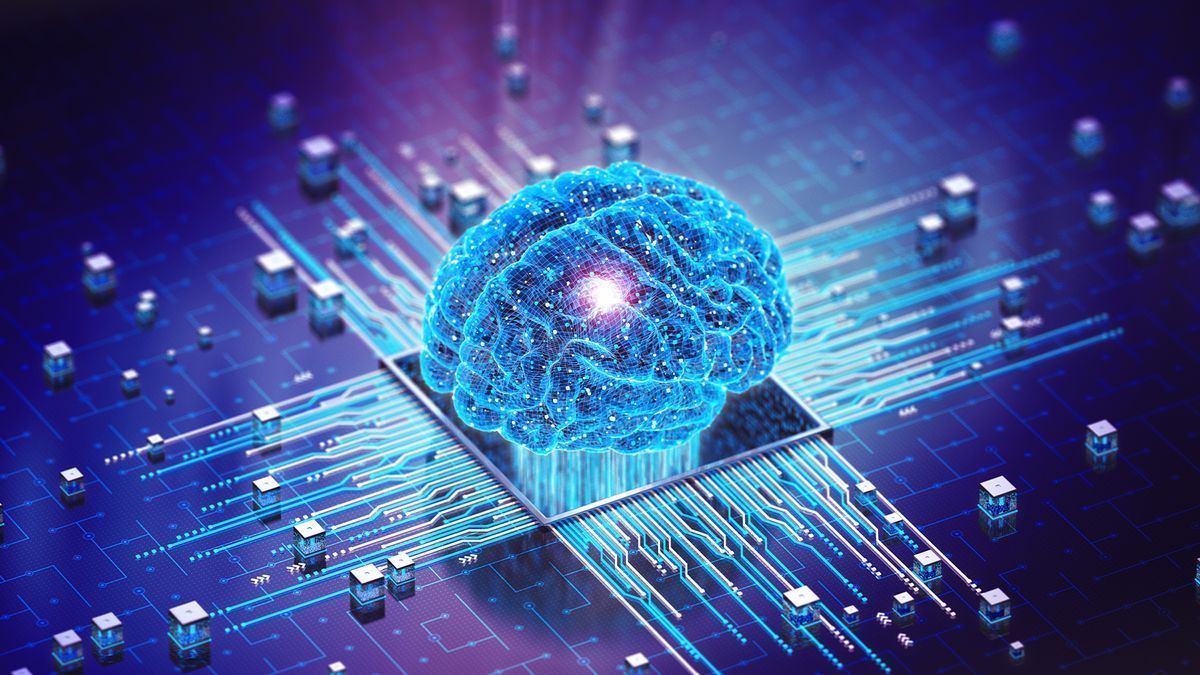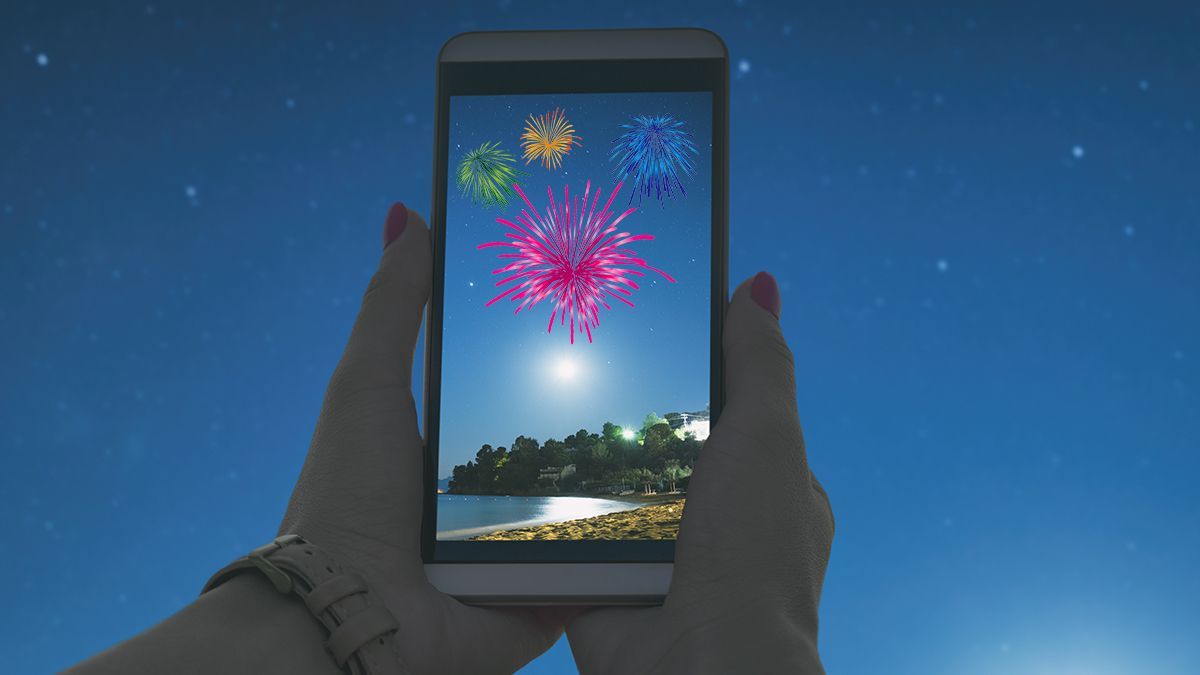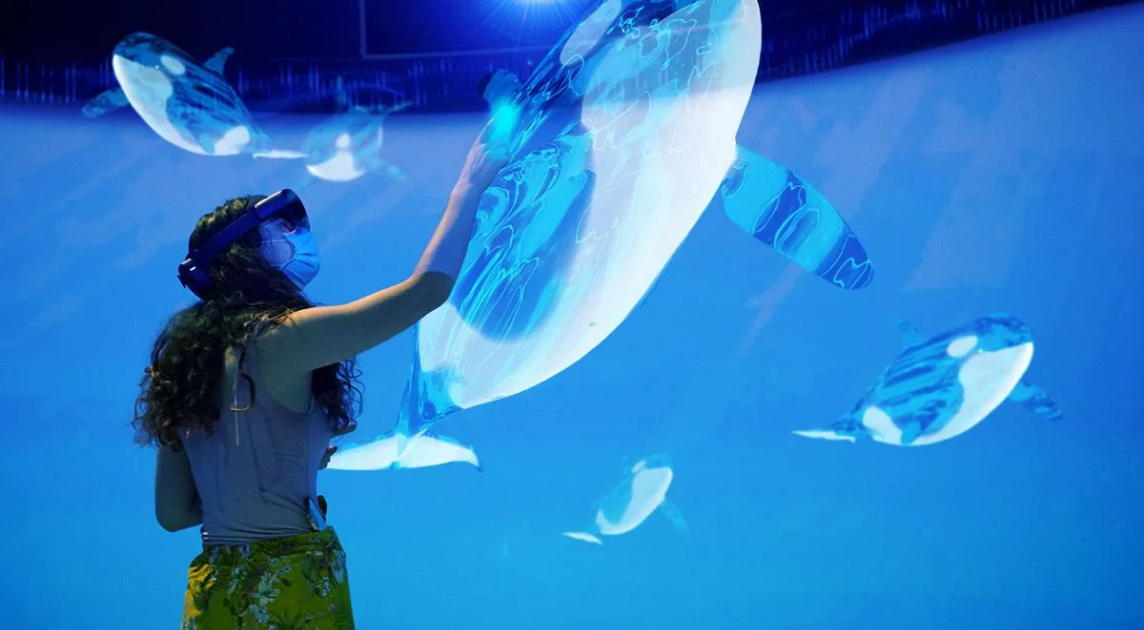
Augmented reality in education offers the potential to take students to faraway lands, different eras and even outer space. It's that exciting world of AR that has educators lining up to explore how to implement these technologies in their classrooms.
Augmented reality, of course, superimposes computer-generated images on our view of the real world, creating a composite view. While most think immediately of applications in gaming, perhaps, it’s augmented reality in education that could make the most impact.
AR has the potential to revolutionize education by making learning more engaging, interactive, and immersive.
There are many ways that augmented reality in education can be used.
For example, AR can be used to create interactive simulations that allow students to explore concepts in a hands-on way. AR can also be used to provide students with access to virtual field trips that would otherwise be impossible or impractical.
Additionally, augmented reality in education can be used to create personalized learning experiences tailored to each student's individual needs.
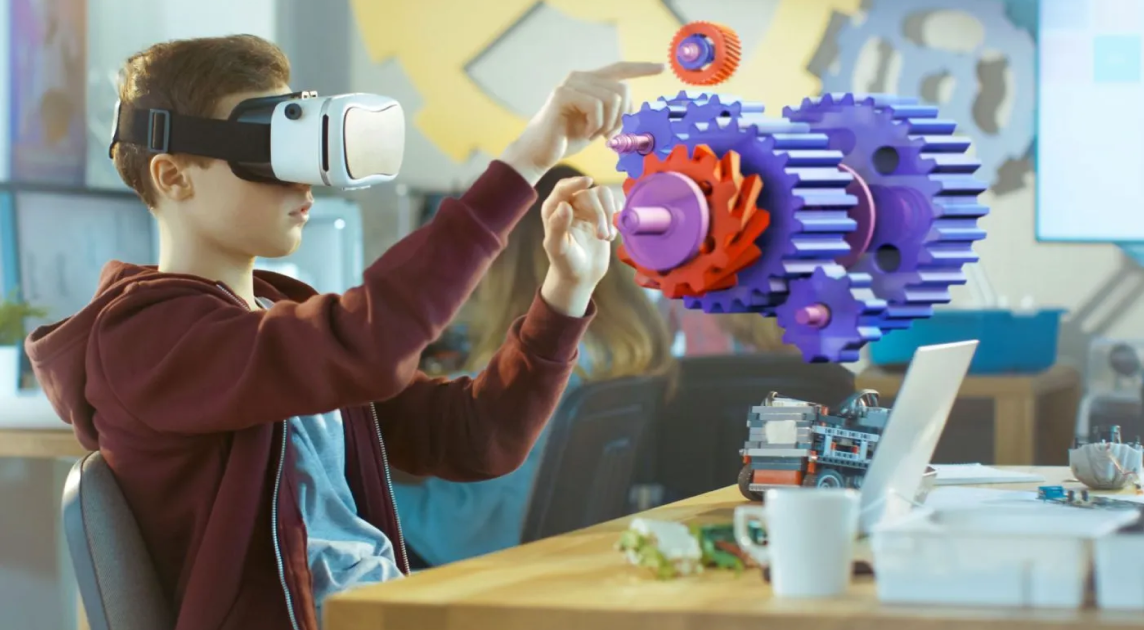
Augmented reality in education matters to parents
AR is a powerful tool that can help parents to ensure that their children are getting the best possible education. Here are some of the reasons why AR matters to parents:
- AR in education makes learning more engaging.
AR in education can make learning more engaging by allowing students to interact with concepts in a more hands-on way. This can help students to stay focused and motivated, and it can also help them to learn more effectively.
- AR in education makes learning more interactive.
AR in education can make learning more interactive by allowing students to interact with virtual objects and environments. This can help students to develop their problem-solving skills and their creativity.
- AR in education makes learning more immersive.
AR in education can make learning more immersive by allowing students to experience concepts in a virtual environment. This can help students to understand concepts more deeply and to make better connections between different concepts.
- AR in education can personalize learning.
AR can personalize learning by allowing students to interact with content that is tailored to their individual needs or interests. This can help students to learn at their own pace and to focus on the concepts that they need the most help with.
Overall, AR is a powerful tool that can help parents to ensure that their children are getting the best possible education. Augmented reality in education can make learning more engaging, interactive, immersive, and personalized. As AR technology continues to develop, we can expect to see even more innovative and exciting applications of AR in education in the future.
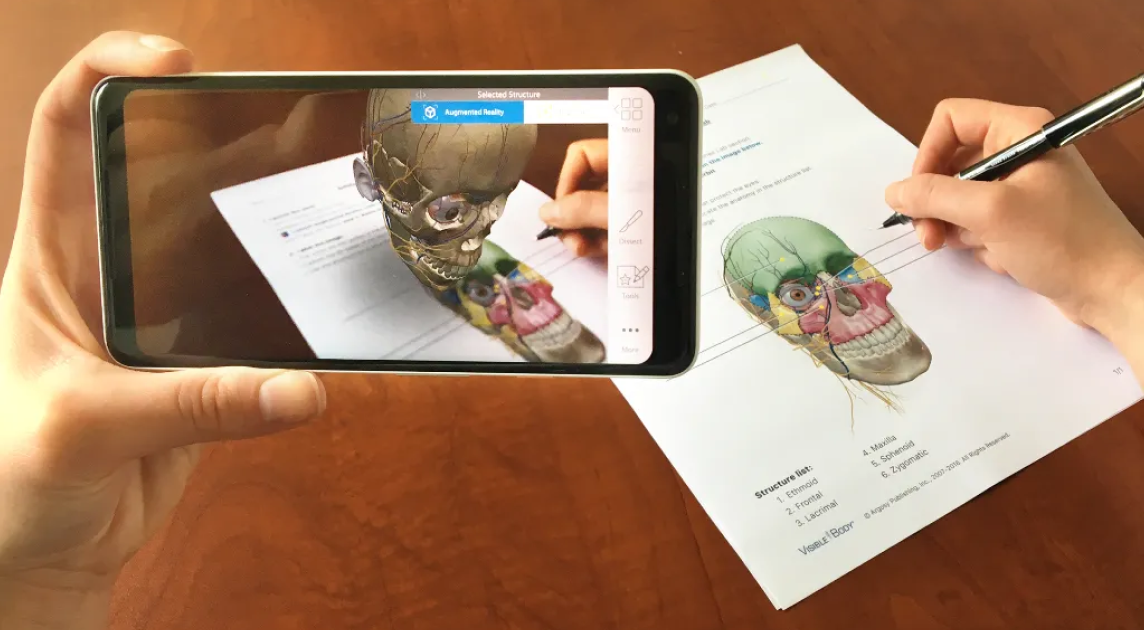
Augmented reality in education, in action:
The
University of Southern California is using AR to create interactive anatomy lessons. Students can use AR to see 3D models of human organs and to interact with them in a realistic way.
The
Smithsonian National Air and Space Museum is using AR to create virtual field trips to different space exhibits. Students can use AR to explore the exhibits in a way that would not be possible in person.
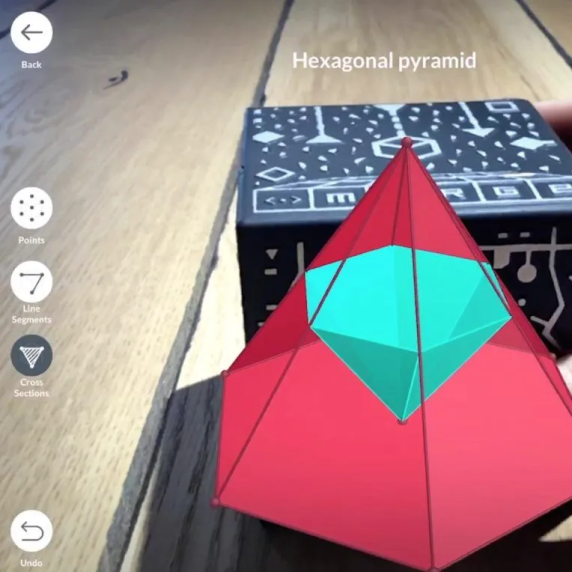
The
Khan Academy is using AR to create interactive math lessons.
Students can use AR to see 3D models of mathematical concepts and to interact with them in a way that helps them to understand the concepts better.
These are just a few examples of how AR is being used in education today. As AR technology continues to develop, we can expect to see even more innovative and exciting applications of AR in education in the future.


